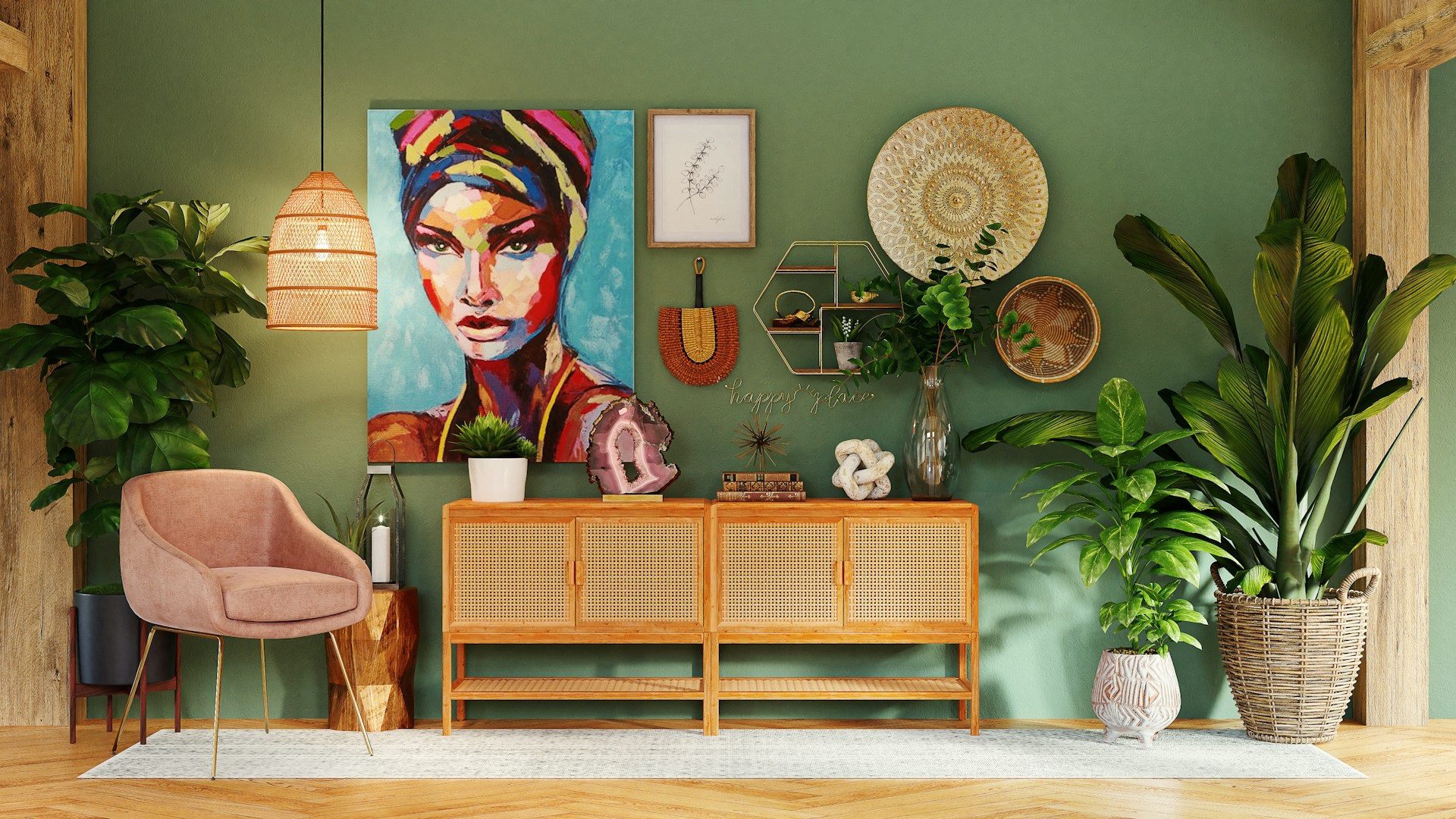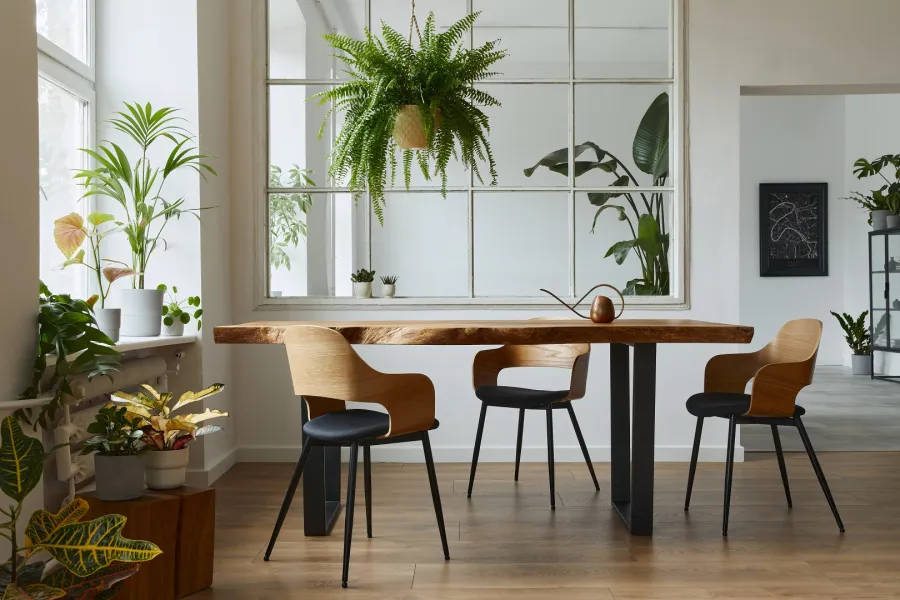
Blog
A step-by-step guide to incorporating sustainable furniture into your home

Sustainable furniture is a lifestyle commitment that prioritizes the health of our planet and its inhabitants. It’s a triple win: First, it reduces deforestation, waste, and toxic emissions. For your health, second, it will limit your exposure to harmful chemicals often found in traditional furniture. And for your wallet, thirdly, it’s quality and durability, saving you money in the long run.
Sustainable furniture is made from the following materials: Bamboo, reclaimed wood, metal, recycled plastics, and organic fabrics.
On the other hand, buying old and used furniture is also a sustainable move, reducing the need for new materials and minimizing waste.
جدول المحتويات
What is sustainable home furniture?

What is sustainable home furniture?
If you want to engage in eco-friendly lifestyles, you should research before buying each piece of furniture whether it is made from renewable or recycled materials, if sustainable practices were used in its manufacture, will it stand the test of time, and can it be recycled or reused? In addition, you should look for the following certificates on each piece of furniture:

Furniture and décor made from eco-friendly materials
- FSC (Forest Stewardship Council) certification, especially for wooden furniture, ensures that the products come from responsibly managed forests and provide environmental, social, and economic benefits.
- GREENGUARD certified, which proves that your desired piece of furniture maintains indoor air quality by emitting low levels of VOCs, minimizing your exposure to pollutants.
- Meets the Oeko-Tex standard for textiles, this certification ensures that upholstery fabrics are free of harmful chemicals, making your home safer and more comfortable.
High cost

Living room, with tables made of natural wood
One of the main barriers to buying sustainable furniture is the high cost of the pieces, as opposed to traditional furniture, which is true on the surface. However, when one realizes that the price of eco-friendly furniture is higher because of the quality of the materials used, ethical manufacturing processes, and the fact that it won’t make the homeowner replace the pieces after a while, because they are durable, it means that they will save money over time. In addition, the health and environmental benefits of eco-friendly furniture are invaluable.
Design trends in eco-friendly furniture

Bedroom, with a headboard bed made of reclaimed wood
Sustainable furniture is no longer primitive in terms of design; it’s a combination of cutting-edge style and sustainability. There are minimalist designs with modern touches, resulting in pieces with clean lines, and others that are retro in style, combining history with modern ideals of sustainability. The colors of contemporary sustainable furniture are inspired by nature, especially earth tones.
In living rooms, choose sofas and chairs upholstered in organic fabrics and filled with natural fibers. For bedrooms, invest in wood-framed beds, with FSC-certified wood and organic cotton linens. For home offices, office tables and chairs made from bamboo or recycled materials, keeping in mind that the paint should be non-toxic. Embracing recycled materials in furniture design not only supports environmental sustainability but also ignites creativity, proving that old can be new again.
Innovations in eco-friendly furniture manufacturing
The eco-friendly furniture industry is seeing a lot of innovation, which is transforming the way furniture is made and expanding what consumers can expect from sustainable options. Cutting-edge innovations include:
- 3D printing using recycled materials: Furniture made from recycled plastics and metals, minimizing waste.
- Cradle-to-cradle design: Furniture designed to be disassembled, allowing each part to be reused or recycled, minimizing waste.
- Waste-free production processes: Manufacturers strive to eliminate waste in every aspect of production.
Eco-friendly furniture care
- Maintenance for eco-friendly furniture:
- Remove dust, regularly.
- Clean gently, using natural, non-toxic detergents.
- Avoid distributing furniture pieces in a place exposed to direct sunlight to protect the wood and fabric from fading and damage.
Choosing sustainable furniture doesn’t mean giving up on style, especially with so many high-end brands embracing sustainability. The conscious luxury trend is not just a short-term fad, it’s the interior design trend of the moment.
